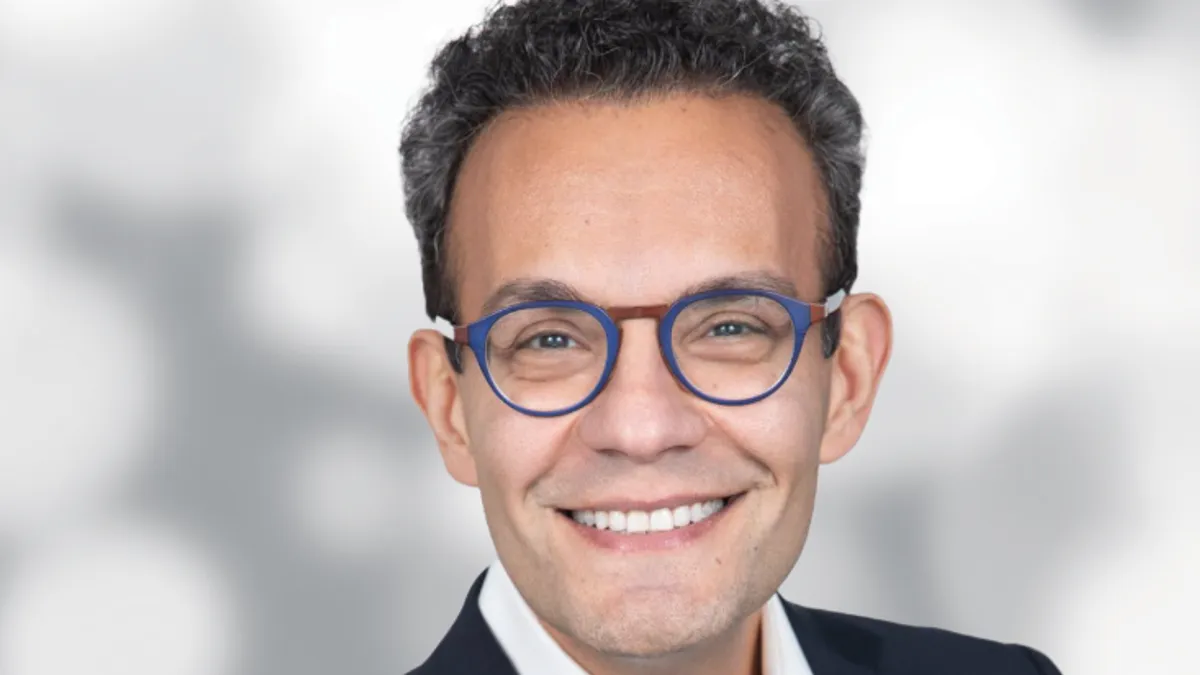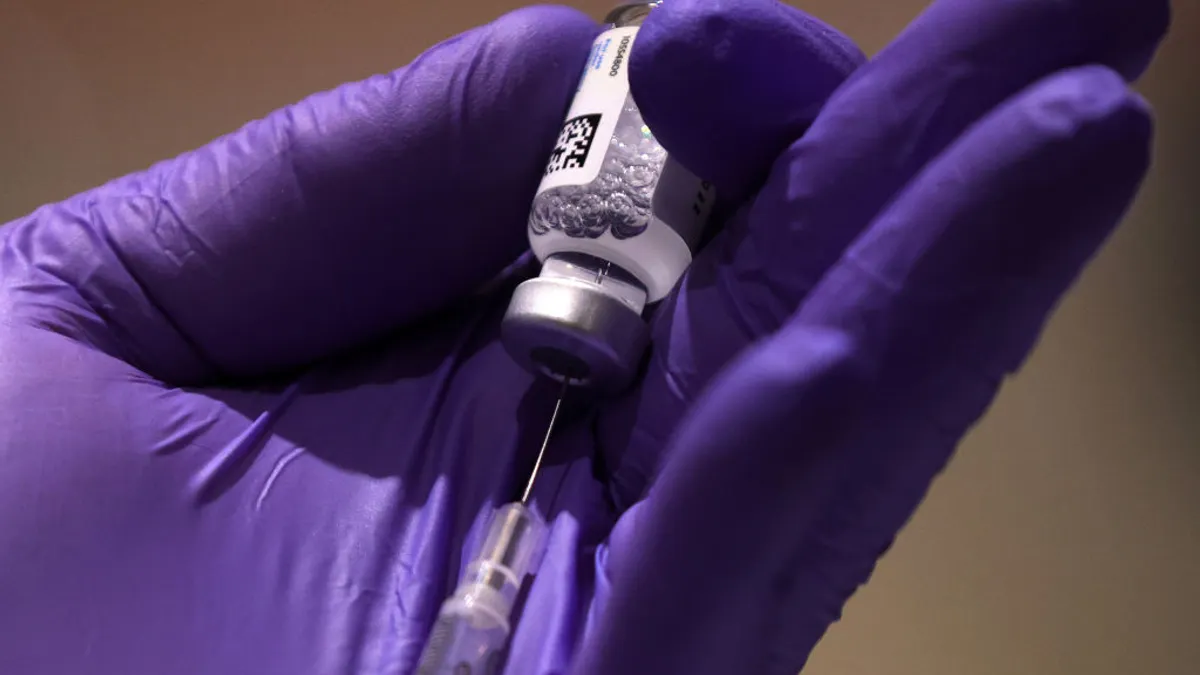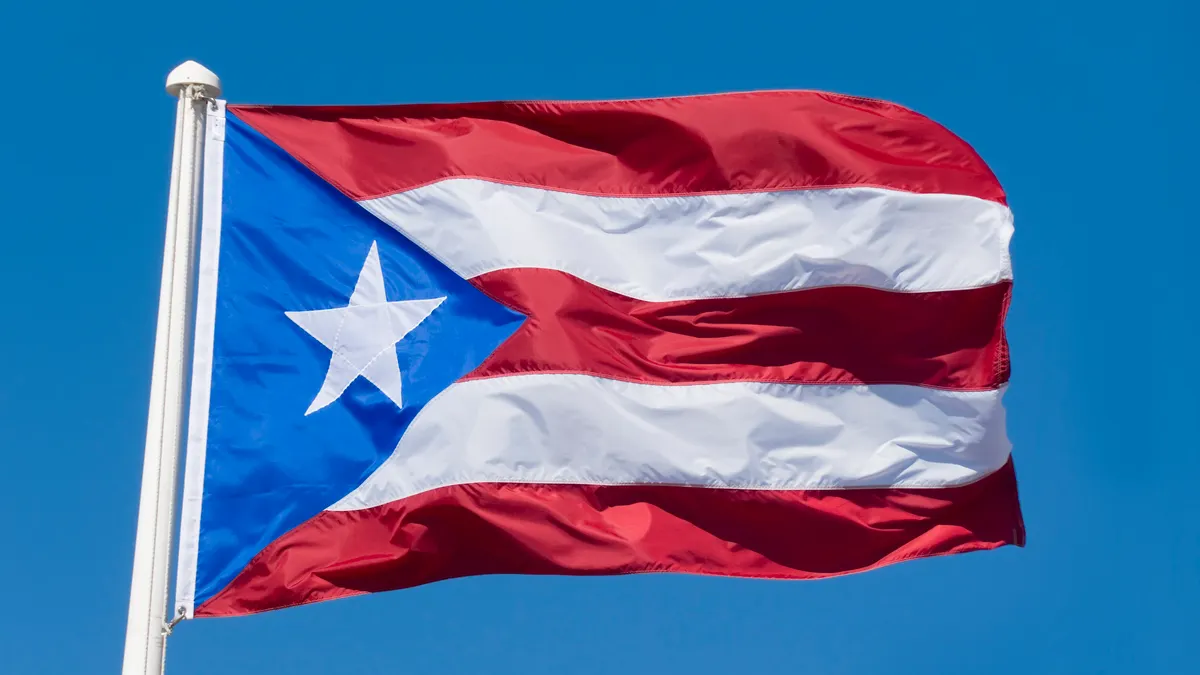With an eye toward establishing itself as a standard bearer in blood cancer treatment, BeiGene is taking on some of the biggest blockbusters in the space with its next-generation BTK inhibitor Brukinsa, and building a bustling hematology franchise that can grow from there.
Brukinsa’s first FDA approval in 2019 for mantle cell lymphoma was the result of a robust research effort to improve upon Imbruvica from AbbVie and Johnson & Johnson and Calquence from AstraZeneca, said Dr. Mehrdad Mobasher, chief medical officer of hematology at BeiGene.
"From the beginning, the company designed Brukinsa purposefully to be successful where other BTK inhibitors weren’t."

Mehrdad Mobasher
Chief medical officer, hematology, BeiGene
Four more approvals for the lead franchise drug followed, along with a growing pipeline that includes the BCL2 inhibitor sonrotoclax, now in a late-stage chronic lymphocytic leukemia study alongside Brukinsa, as well as a new modality called BTK degradation that seeks to permanently tear down the disease-causing proteins that Brukinsa inhibits.
While the increasing hematology competition and safety challenges have dogged sales for Imbruvica, which declined by about 20% last year, Brukinsa and Calquence have been on the upswing. Last year, Brukinsa’s global sales skyrocketed by 129% to $1.3 billion while Calquence hit $2.5 billion in revenues — a 22% bump.
Here, Mobasher discusses the approach that BeiGene is taking to build up its hematology franchise in a way that will cement the company’s spot in the blood cancer landscape and bring new treatments to the space that still has a tremendous amount of unmet need.
This interview has been edited for brevity and style.
PHARMAVOICE: What goes into shaping a portfolio in hematology that addresses unmet need and also establishes where you want to go in the long run?
DR. MEHRDAD MOBASHER: The way we do it is with a lot of emphasis on research. We have more than 1,000 researchers understanding the biology and developing cutting-edge models and processes from drug discovery to how we develop targets. With this giant research group, we have a lot of targets that come our way, and Brukinsa as a BTK inhibitor is an example of … where we will continue to have the best-in-class and first-in-class drugs. Sometimes, there are drugs out there, but they can become better — you can treat patients with the same targets in a better way.
Oftentimes, franchises like hematology and solid tumors can become siloed at a large company. How does BeiGene tie these pipelines together with a unified goal?
The simple answer is that we call it the BeiGene pipeline — not the solid tumor pipeline or the hematology pipeline. I oversee the development of assets in hematological malignancies, which is predominantly my background, and we have [chief medical officer] Dr. Mark Lanasa in solid tumors, and we share drugs, as well. The two organizations work very closely together but have clear roles and responsibilities in the diseases that each of us oversee.
What is the story of the BTK inhibitor class and how BeiGene got involved by bringing Brukinsa to the table?
From the beginning, the company designed Brukinsa purposefully to be successful where other BTK inhibitors weren’t. BTK inhibitors are known, and they’ve been out for a while. In fact, they’ve revolutionized the treatment of a lot of B cell malignancies. What they do is block what we call the B cell receptor signaling, which is important to have healthy, normal cells. When we control this signaling pathway, we control the survival of the malignant cells, putting them to sleep, which is what we’re trying to achieve.
The first generation of BRK inhibitor was [Imbruvica from AbbVie and Johnson & Johnson], which was a really important step in the treatment landscape, and then the second generation was [Calquence from AstraZeneca], which improved safety.
Then the next generation was Brukinsa, which we designed by understanding the science and optimizing the way we approach this target. Brukinsa was designed to be more potent and also very selective against BTK to avoid having off-target inhibition and toxicity. And that’s where the broad development plan allows Brukinsa to be successful in areas that other BTK inhibitors weren’t as successful.
How have you approached the development and expansion of Brukinsa that sets it apart from others in the class?
The broad development plan we took with Brukinsa eventually led to five indications in the U.S., which includes accelerated approvals like mantle cell lymphoma, marginal zone lymphoma and follicular lymphoma. The other two are chronic lymphocytic leukemia and Waldenström macroglobulinemia. It’s the only BTK inhibitor that has this broad label, and part of that bold plan was going head to head versus [Imbruvica], the first-in-class BTK inhibitor, in CLL patients, showing superiority in efficacy and safety — the only one to do so. Taking on big, broad, bold head-to-head studies is how we can show a deep and durable response.
You said that BeiGene’s approach allows you to take known pathways and improve upon them. How do you accomplish that?
When we look at the science, we understand the need of the targets and the molecules and how it can be improved. When you look at the names of our assets, they have a number after them, and that shows how many drugs were tested first before this drug was rolled out. The way we’re working is understanding the treatment landscape, the treatment evolution and the unmet need. We would like to cover the patient’s journey through these symptomological malignancies until we cure them. In the future, you’ll see more combinations of our own assets and combinations with important drugs that other companies make. In the near future, you’ll see more drugs in our hematology pipeline, as well.





















